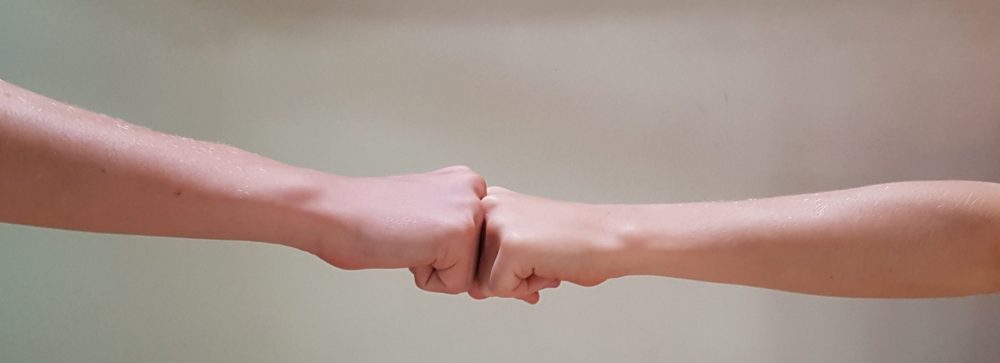In Brazilian Jiu-Jitsu (BJJ), children’s belts are similar to adult belts, but are designed for practitioners who are under the age of 16. The ranking system for children’s belts typically consists of the following belts:
- White Belt: The starting rank for all BJJ practitioners.
- Grey Belt: Signifies a basic understanding of BJJ techniques and the beginning of developing a personal style.
- Yellow Belt: Indicates a high level of proficiency and the start of mastering advanced techniques.
- Orange Belt: Signifies a high level of skill and knowledge, and the ability to teach and instruct others.
- Green Belt: The highest rank in BJJ, indicating a mastery of the art and the ability to develop and innovate new techniques.
Each of these belts also has a number of stripes.
It’s worth noting that some academies and organizations may have different ranking systems for children’s belts, and the ranking system can be different from the adult ranking system. Also, just like adult ranking system, the time frame for promotions is usually longer for children.
It’s also important to note that BJJ for children should be taught in a way that emphasizes safety and fun, rather than competition and winning. BJJ for children is a great way to improve their physical fitness, discipline, and self-confidence.
